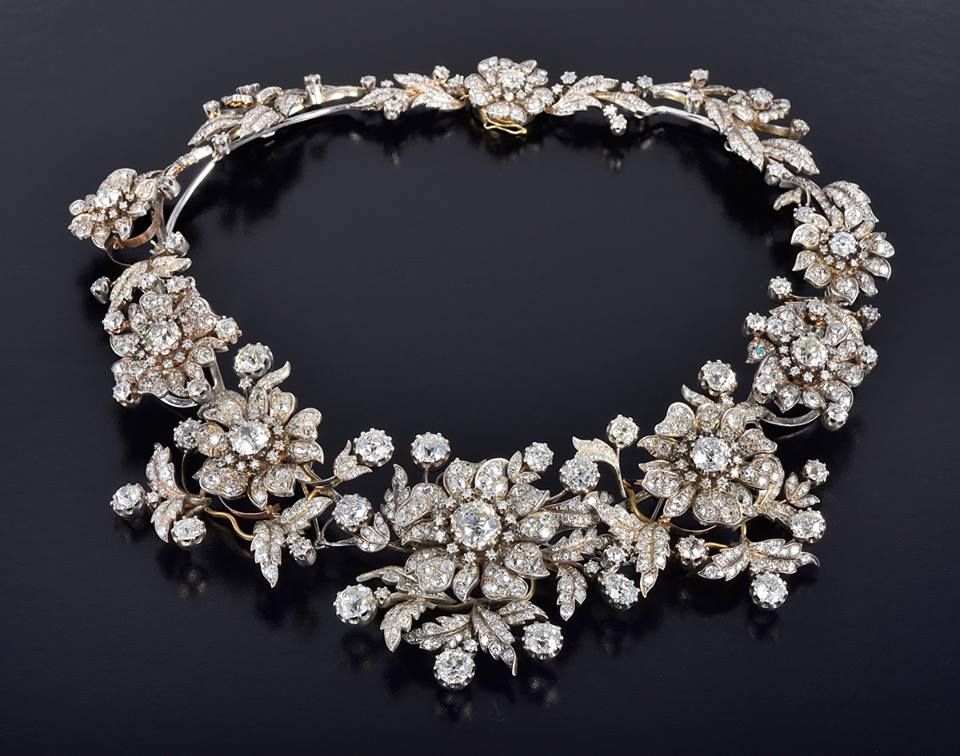When you’re thinking about purchasing a Victorian-style necklace or bracelet, you’ll probably want to consider the different styles and types available. These styles were popular during the era of Queen Victoria, and they set several trends. The Aesthetic Period was also one of the most fashionable, and the designs were quite elaborate and beautiful. Whether you’re looking for a simple piece of Victorian jewelry or an elaborate diamond ring, you’re sure to find something that will complement your unique style and personality.
Romantic Period
The Romantic Period brought a resurgence of ancient jewelry techniques and materials. For example, the technique of acrostic rings came back into vogue during the Early Victorian period. Acrostic rings are ancient jewelry forms that were fashioned by jewelers out of coral, shell, and lava stone. They often have a message or are symbolic of a relationship. For example, a ring with four coral gemstones spelling out “DEAR” may have a religious significance.
The Romantic Period was also marked by an increased interest in gemstones. The Romantic Period saw gemstones becoming popular for their ability to express love and friendship. These gemstones were often shaped like flowers, and the Victorians used them to express their affection. They would use these gemstones to spell out the name of a loved one or to make a meaningful symbol. Several pieces also featured heart or flower motifs, as well as snakes, which alluded to everlasting love and hope.
Grand Period
The Grand Period of Victorian history was a time of great change and innovation. The era saw a significant increase in the number of jewels being manufactured. These pieces were worn around the neck for formal wear and often featured rubies or mine-cut garnets. During this period, the popularity of gold and silver increased dramatically, as was the demand for fine jewelry. Many Victorian jewelry pieces are still popular today, and can be found in private collections all over the world.
The Grand Period encompassed 1861-1885, which marked the start of the American Civil War. The country was divided into two, north and south. It was a time of brotherhood and division. This period was also marked by the introduction of electricity in 1879. This led to increased demand for diamonds, which became increasingly popular after the discovery of new mines in South Africa. A number of jewelers also carved and embedded smaller gems into larger ones.
Aesthetic Period
The late nineteenth century saw the birth of the industrial revolution and the growth of a middle class. Women also gained more opportunities in the workplace and political arena. Increased leisure time spurred a boom in the entertainment industry. The heavy jewelry of the past was no longer suitable for the modern woman. New styles emerged to suit the modern woman’s lifestyle. Several popular styles of Victorian jewelry are a reflection of this time period.
Victorian jewelry was influenced by Japan, which had good trade relations with England. The 1860s saw Japanese craftsmanship flood the English community. Japanese motifs and styles were incorporated into nearly every form of design. During the next century, Japanese designs began to appear in jewelry, and they centered on naturalistic themes and flowers. Metal inlays were reminiscent of ancient Japanese enameling techniques. Victorian jewelry also celebrated the natural beauty of nature.
Diamonds
The etiquette of the Victorian era governed the use of diamonds in jewelry. It was only appropriate for married women to wear diamonds, as they were considered a symbol of wealth. Unmarried women were assumed to have inherited the diamonds or received them from a lover. Displaying inherited wealth was also considered vulgar, and it was not acceptable for an unmarried woman to display her diamonds, even if it was a gift from a lover.
Queen Victoria’s reign was also a time of international trade. As an Empress, Victoria encouraged trade with India, importing many types of exotic woods, brightly colored silks, and gem-encrusted Moghul jewelry. The new items quickly influenced English jewelry and decorative arts. The queen’s taste for the exotic influenced her choice of materials for her Victorian jewelry. The British Empire’s expansion across the world influenced the fashions of the day, which made it possible for a Victorian to use gemstones.
Mourning period
Mourning jewelry is a traditional piece of Victorian jewelry made to honor a deceased loved one. This style of Victorian jewelry is characterized by soft colours and symbols that symbolize the deceased’s grief. Victorian mourning dress code was strict and women were expected to wear black during the deep stages of the mourning process, which lasted about two to three years. Later, dark colours were used for mourning. Often, tintype portraits or miniature paintings were used in the pieces.
The design of Victorian mourning jewelry varied significantly. While some pieces were made of gold and silver, others were made of precious stones. Many pieces featured hair. The hair was usually arranged in intricate jewelry designs and framed as large memorial art. In the mid-1800s, England imported about fifty tons of hair to use as ornaments in Victorian mourning jewelry. In contrast, teeth were less common and often left out of Victorian mourning jewelry.

